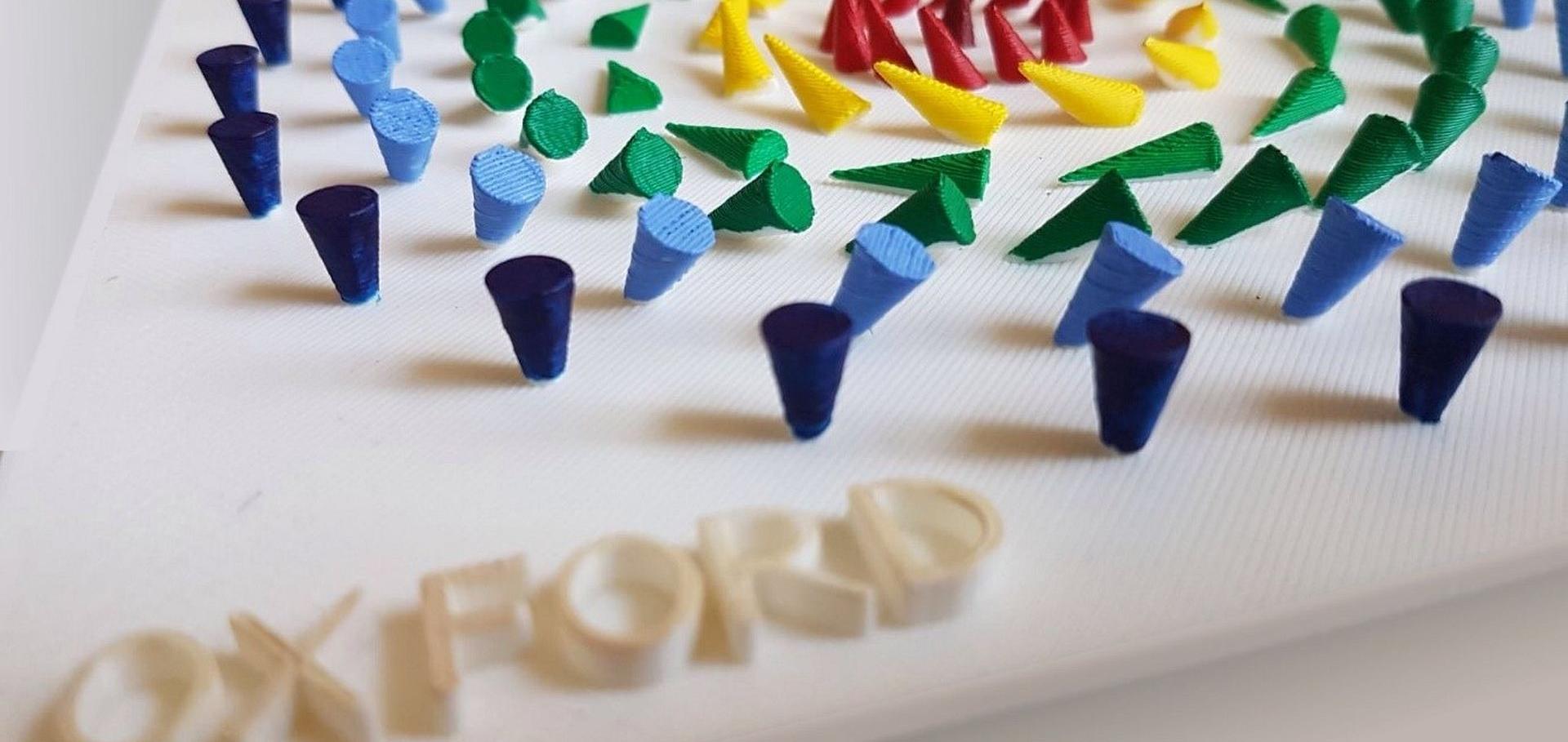Depth-resolved magnetization dynamics revealed by x-ray reflectometry ferromagnetic resonance
Physical Review Letters American Physical Society 125 (2020) 137201
Abstract:
Magnetic multilayers offer diverse opportunities for the development of ultrafast functional devices through advanced interface and layer engineering. Nevertheless, a method for determining their dynamic properties as a function of depth throughout such stacks have remained elusive. By probing the ferromagnetic resonance (FMR) modes with element-selective soft x-ray resonant reflectivity, we gain access to the magnetization dynamics as a function of depth. Most notably, using reflectometry ferromagnetic resonance (RFMR), we find a phase lag between the coupled ferromagnetic layers in [CoFeB/MgO/Ta]4 multilayers, which is invisible to other techniques. RFMR enables the time- and layer-resolved probing of the complex magnetization dynamics of a wide range of functional magnetic heterostructures with absorption edges in the soft x-ray wavelength regime.Electron beam lithography of magnetic skyrmions
Advanced Materials Wiley 32:39 (2020) 2003003
Abstract:
The emergence of magnetic skyrmions, topological spin textures, has aroused tremendous interest in studying the rich physics related to their topology. While skyrmions promise high-density and energy-efficient magnetic memory devices for information technology, the manifestation of their nontrivial topology through single skyrmions and ordered and disordered skyrmion lattices could also give rise to many fascinating physical phenomena, such as chiral magnon and skyrmion glass states. Therefore, generating skyrmions at designated locations on a large scale, while controlling the skyrmion patterns, is the key to advancing topological magnetism. Here, a new, yet general, approach to the “printing” of skyrmions with zero-field stability in arbitrary patterns on a massive scale in exchange-biased magnetic multilayers is presented. By exploiting the fact that the antiferromagnetic order can be reconfigured by local thermal excitations, a focused electron beam with a graphic pattern generator to “print” skyrmions is used, which is referred to as skyrmion lithography. This work provides a route to design arbitrary skyrmion patterns, thereby establishing the foundation for further exploration of topological magnetism.Kerr effect anomaly in magnetic topological insulator superlattices
Nanotechnology IOP Publishing 31:43 (2020) 434001


